The Biochemistry of DNA Replication and Repair
Introduction
The biochemical processes of DNA replication and DNA repair are fundamental to all forms of life. These complex mechanisms ensure the accurate duplication and maintenance of the genetic material, which is crucial for the propagation and survival of species. This article delves into the intricate details of these processes, exploring the various enzymes, proteins, and pathways involved.
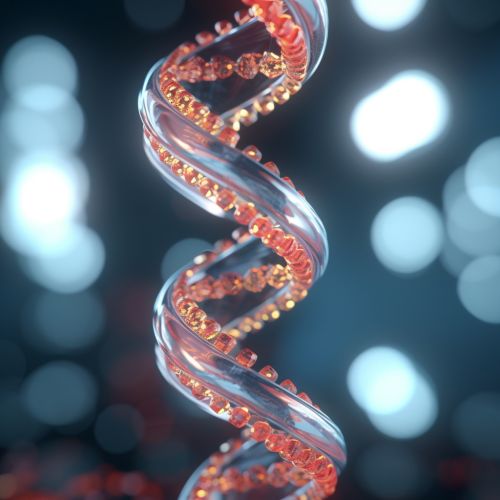
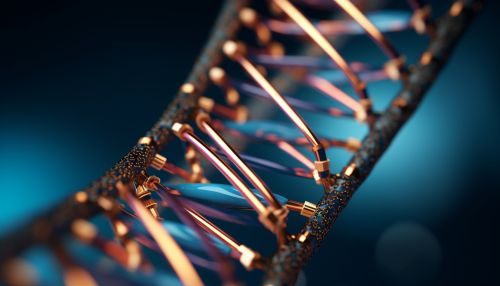
DNA Replication
DNA replication is a highly regulated, semi-conservative process that ensures the faithful duplication of the DNA molecule. This process is initiated at specific locations in the genome known as origins of replication.
Initiation of Replication
The initiation of replication begins with the binding of the origin recognition complex (ORC) to the origin of replication. This complex recruits other proteins such as Cdc6 and Cdt1, which together facilitate the loading of the MCM helicase complex onto the DNA.
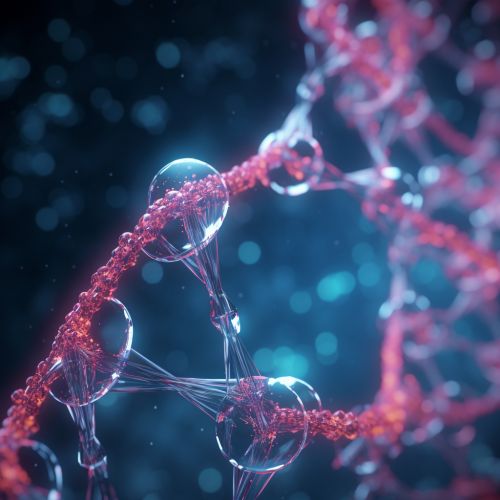
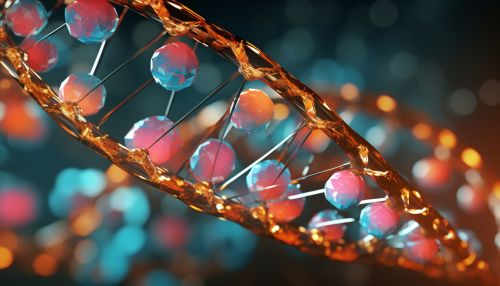
Elongation
The elongation phase of DNA replication involves the synthesis of new DNA strands by DNA polymerases. The leading strand is synthesized continuously by DNA polymerase δ or ε, while the lagging strand is synthesized discontinuously by DNA polymerase α, forming Okazaki fragments. These fragments are later joined together by DNA ligase I to form a continuous strand.
Termination
Replication termination occurs when two replication forks meet. The termination proteins Tus and Ter in E. coli, or Tof1 and Csm3 in yeast, help to prevent the forks from passing each other, thereby facilitating the termination process.
DNA Repair
DNA repair mechanisms maintain the integrity of the genetic material by correcting any errors that occur during replication or due to various forms of DNA damage.
Base Excision Repair
Base excision repair (BER) is a pathway that corrects small, non-helix-distorting base lesions, most commonly caused by oxidation or alkylation damage. The damaged base is recognized and removed by a DNA glycosylase, followed by the action of AP endonuclease, DNA polymerase, and DNA ligase.
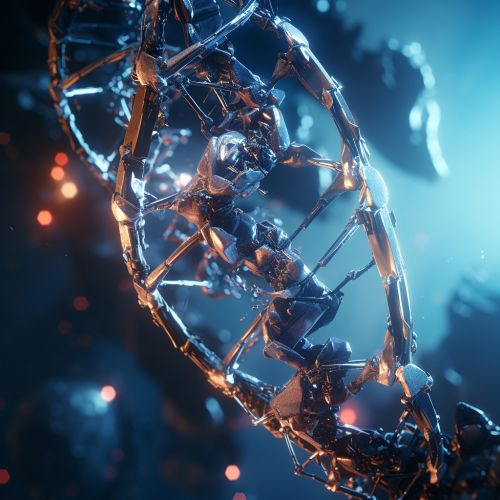
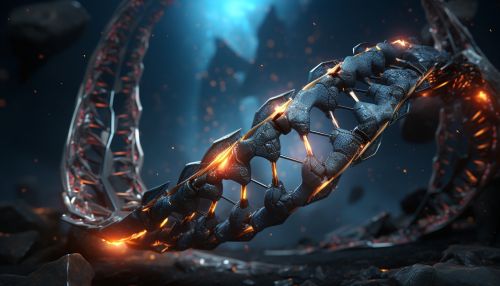
Nucleotide Excision Repair
Nucleotide excision repair (NER) is a mechanism that removes bulky, helix-distorting lesions, such as those caused by ultraviolet light or chemical carcinogens. The damaged DNA segment is excised by a set of NER proteins, followed by resynthesis by DNA polymerase and ligation by DNA ligase.
Mismatch Repair
Mismatch repair (MMR) corrects errors that escape the proofreading activity of DNA polymerase during replication. The MMR system recognizes and repairs base-base mismatches and insertion-deletion loops.
Conclusion
The biochemistry of DNA replication and repair is a vast and complex field, with many intricate processes and components. Understanding these mechanisms is crucial for gaining insights into the fundamental workings of life and can have significant implications in areas such as cancer research and genetic diseases.
